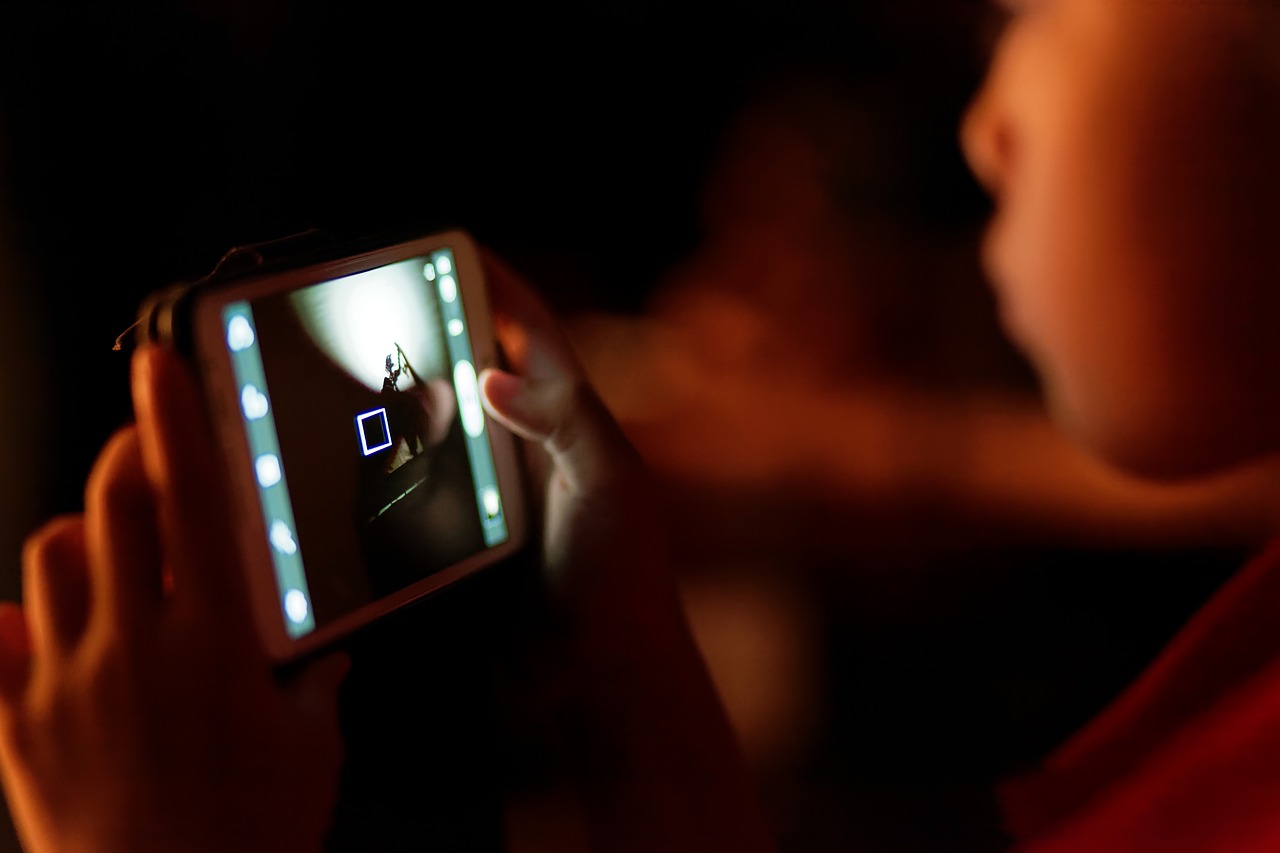(Rockville, MD) Nearly 4 million babies will be welcomed in 2020 to a world where technology is everywhere—and the effects of screen time still largely unknown. With so much angst and uncertainty about children and popular technology use, the American Speech-Language-Hearing Association (ASHA) and the Children’s Screen Time Action Network (“Action Network”) are encouraging prospective and new parents to talk screen time early, offering a checklist of tips to help families craft the best approach for them.
“Prospective parents often research and deliberate how they’ll approach various key aspects of child rearing before their little one is born—feeding, sleeping and child care arrangements among them,” said Mark Bertin, MD, developmental pediatrician and author of How Children Thrive. “Now that screens are so central to childhood, a family’s approach to tech use is one of those handful of key issues parents need to consider before or shortly after birth. Unless parents make active choices that define healthy technology use for their family, it may impact their child’s communication and social development, and far more.”
“Technology offers many benefits to new parents—it connects them to family and friends, information, and services; can track feeding, sleeping, and other important data; and helps document all those precious early moments,” said Theresa Rodgers, MA, CCC-SLP, 2020 ASHA President.
“But it isn’t premature—at the very earliest stages of parenthood—to consider how you’ll want your child interacting with popular technology devices such as smartphones and tablets, nor how much you’ll want to utilize these devices yourself around your child,” Rodgers continued. “Many children today access devices before taking their first step or speaking their first word. And, overwhelmingly, parents report their own tech use interferes with daily opportunities for talking, playing, and interacting with their child without distraction—activities that are critical to a child’s development.”
Audiologists and speech-language pathologists sounded the alarm in 2016 on a coming communication “time bomb” in the forms of impaired speech and language development as well as hearing loss if tech usage habits didn’t change. Recent research published in JAMA Pediatrics and by the National Institutes of Health, as well as warnings from the World Health Organization, supports these concerns.
“Parents receive confusing messages about children and tech,” said Jean Rogers, director of the Action Network. “On the one hand, the tech industry uses buzz phrases like ‘digital natives’ and ‘21st Century Learning.’ Understandably, parents then become anxious that their children will be behind the curve. What they don’t realize is that key developmental milestones are at stake when technology displaces tactile experiences and serve-and-return responses from loving adults.”
ASHA and the Action Network offer these recommendations for prospective and new parents:
✔ Prioritize the Basics. In the first years of life, the best way to promote brain and communication development is through daily talking, reading, and interacting (see Communicating With Baby: Tips and Milestones From Birth to Age 5). Babies don’t need apps or devices. Think about how you will prioritize these exchanges, from day one.
✔ Talk to Your Partner. Some parents may find that their partner has a different view about technology use. Have this conversation as you would other important parenting topics. At what age should we introduce technology? Are there times when we will ban or limit tech use (e.g., mealtime, bedtime, dedicated playtime)? How do you view different types of screens and technology (e.g., television vs. smartphones/tablets vs. voice assistants)?
✔ Consider Baby’s Use—and Your Own. Although children’s screen time gets the most attention, it is not the only consideration. Potentially even more important is how parents will use technology while around their child. Are there habits you’d like to change once your baby is born?
✔ Educate Yourself. Look for guidelines, information, and advice from trusted sources such as the American Academy of Pediatrics (see its screen time guidelines). Consider not only enforcing technology limitations but also educating yourself on developmental milestones. Check out the live webinars and free resources at the Action Network for practical, easy-to-use tools. Seek help early if you have concerns about your child’s development, including their communication skills. (Find an audiologist or speech-language pathologist here.)
✔ Conduct a Tech Audit. Having a baby can be a strong motivator for reassessing the home environment—from babyproofing to reorganizing to renovating/relocating. It’s also a great time to consider whether the technology in your house aligns with your values around technology and children—consider, for instance, the presence of voice assistants or screens in particular rooms, such as baby’s bedroom.
✔ Create a Family Technology Plan. Although traditionally a recommendation for parents of older children (elementary and beyond), a Family Technology Plan that outlines agreed-upon values, expectations, and rules/parameters can also be a tool for parents and caregivers of babies and toddlers—to get on the same page. As children get older, the media time calculator at the American Academy of Pediatrics can help families achieve balance.
For more information, visit www.communicationandtech.org and https://screentimenetwork.org/.
About the American Speech-Language-Hearing Association (ASHA)
ASHA is the national professional, scientific, and credentialing association for 204,000 members and affiliates who are audiologists; speech-language pathologists; speech, language, and hearing scientists; audiology and speech-language pathology support personnel; and students. Audiologists specialize in preventing and assessing hearing and balance disorders as well as providing audiologic treatment, including hearing aids. Speech-language pathologists identify, assess, and treat speech and language problems, including swallowing disorders. www.asha.org
About the Children’s Screen Time Action Network
The Children’s Screen Time Action Network is a coalition of practitioners, educators, and advocates working to promote a healthy childhood by reducing the amount of time kids spend with digital devices. The Network is a project of Campaign for a Commercial-Free Childhood.

